Best Soccer Drills for 6-Year-Olds: Unlock Their Potential with these Top Resources!

As an affiliate, we may earn from qualifying purchases. We get commissions for purchases made through links on this website. You can read more on our Affiliate Disclaimer here.
As an aspiring soccer coach or a parent, you know that teaching young children the game’s fundamentals is crucial for their development.
But how can you design practices to cater specifically to 6-year-olds? Well, the key lies in creating age-appropriate soccer drills.
These exercises should be fun and engaging and focus on building essential skills while ensuring a positive learning environment.
Not sure where to start? Sit back and relax – I have just the best rundown of drills to teach your young team!
- Fundamental Skills 6-Year-Olds Should Learn in Soccer Practice
- Fun and Engaging Warm-Up Exercises for Young Players
- Soccer Drill 1: Dribbling Basics for Enhanced Ball Control
- Soccer Drill 2: Passing Accuracy with Interactive Targets
- Soccer Drill 3: Simple Shooting Practice to Develop Goal-Scoring Confidence
- Soccer Drill 4: Improving Speed and Agility with Obstacle Courses
- Introducing Basic Defensive Techniques through Fun Activities
- Incorporating Teamwork and Communication into Soccer Drills for Kids
- How to Structure a Productive Soccer Training Session for Young Athletes
- Monitoring Progress and Developing Individual Strengths in Each Player
- The Value of Positive Reinforcement in Youth Soccer Coaching
Fundamental Skills 6-Year-Olds Should Learn in Soccer Practice
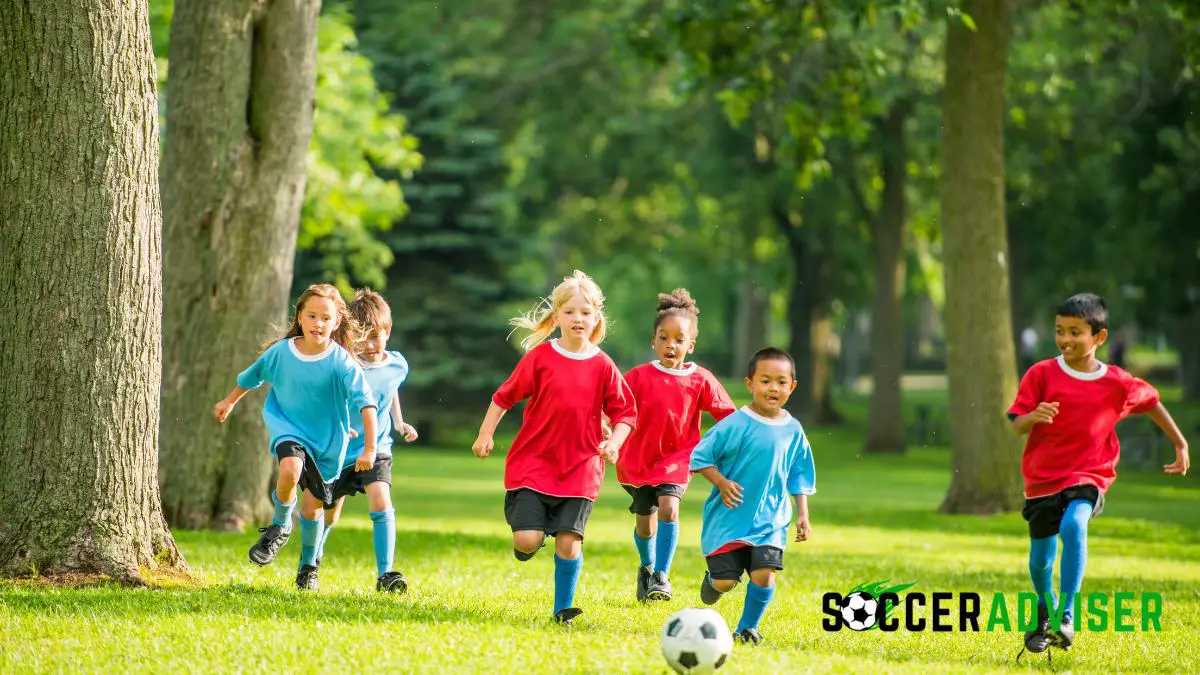
- Ball control: At this age, kids need to develop confidence with the ball at their feet. Basic dribbling and ball manipulation exercises will help them achieve this
- Passing accuracy: Passing is an integral aspect of soccer. Teach players how to pass both short-range and long-range through interactive targets and games that promote precision
- Shooting technique: While they might not have much power yet, it’s essential for young ones to learn proper shooting form early on so they can improve as they grow older
- Movement off-the-ball:To enhance overall understanding of the game, practice activities focused on effectively positioning themselves without possessing the ball are necessary
- Total body coordination: As youngsters are still growing physically, developing fundamental gross motor skills such as running mechanics agility & balance should be incorporated within each activity
Fun and Engaging Warm-Up Exercises for Young Players
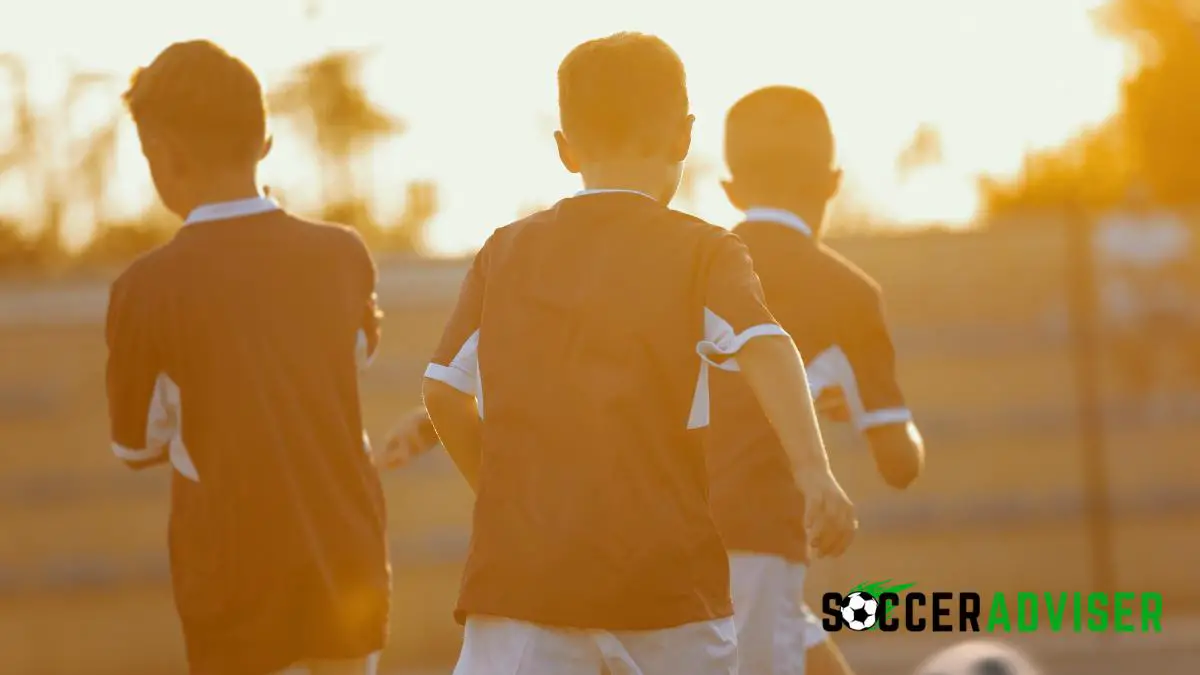
A well-executed warm-up sets up a productive training session by preparing players mentally and physically whilst fostering enjoyment within exercise; which happens, to be honest – precisely what we want! Consider implementing these activities before starting your drills:
- Freeze Tag: A classic, fun game that gets their heart rates up and builds agility. One player is designated as “it” and tries to tag others, freezing them when caught; teammates can unfreeze each other by crawling through legs
- Soccer Ball Scramble: Scatter balls all around a designated area – children run to retrieve one ball at a time and return it back into a goal or specified zone. Not only does this increase their heart rate but simultaneously encourages teamwork & communication as they call “on your left!” etc
- Newspaper Relay: Create two teams of equal numbers; give each team several newspapers sheets. Players must rely on the sheet for support whilst moving between two end lines: if they touch the ground, then restart from start point! This develops foot-eye coordination yet keeps things light-hearted!
Soccer Drill 1: Dribbling Basics for Enhanced Ball Control
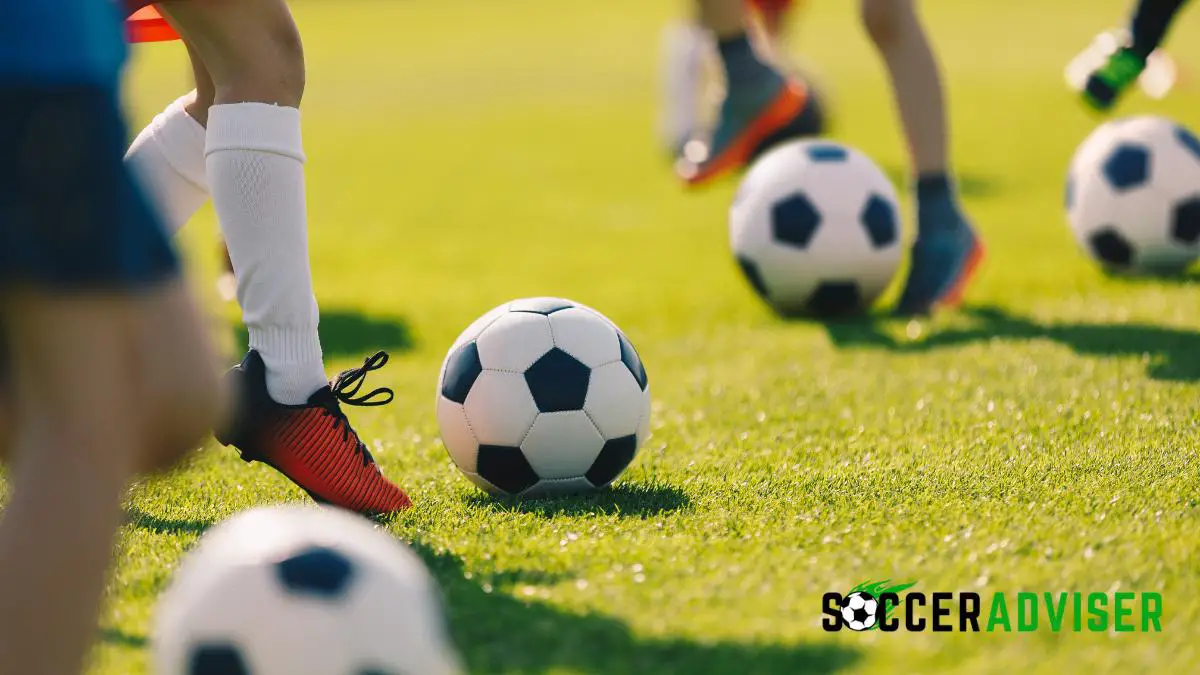
Let’s begin with one of the best soccer drills for 6-year-olds: teaching dribbling basics! Here are some key components:
- Introduce ‘soft touches’: Encourage players to take small touches while keeping the ball close using the inside/outside part of their feet.
- Create small gated areas (using cones). The kid’s slalom course with dribbles between cones promotes mastery over trajectory changes.
A progression beyond controlled dribbles could involve slowly increasing speed or introducing opposing defenders who apply light pressure yet aren’t permitted steals.
Soccer Drill 2: Passing Accuracy with Interactive Targets
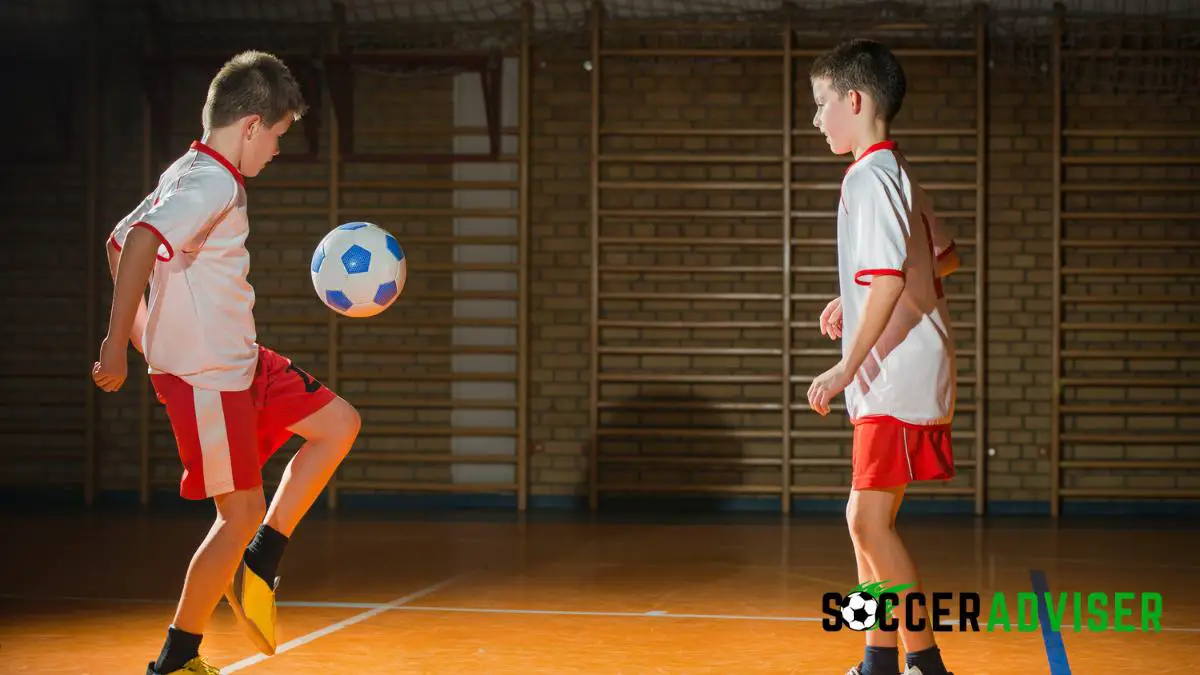
To improve passing accuracy, try this engaging drill:
Soccer Drill 3: Simple Shooting Practice to Develop Goal-Scoring Confidence
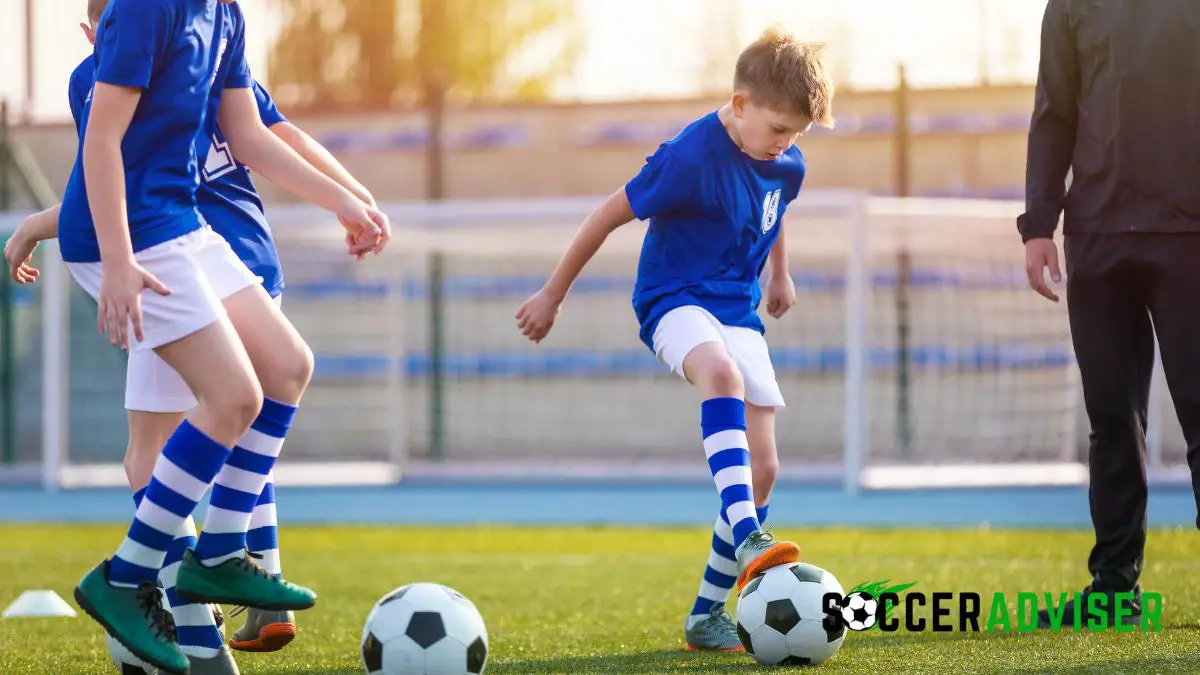
To build goal-scoring confidence amongst young players,
- Start off by designating ‘gates’ using cones as pretend goals.
- From different locations within a specified area, children practice shooting into gates using proper techniques.
You can also introduce miniature competitions that encourage them to aim for specific gates, instilling an element of fun!
Soccer Drill 4: Improving Speed and Agility with Obstacle Courses
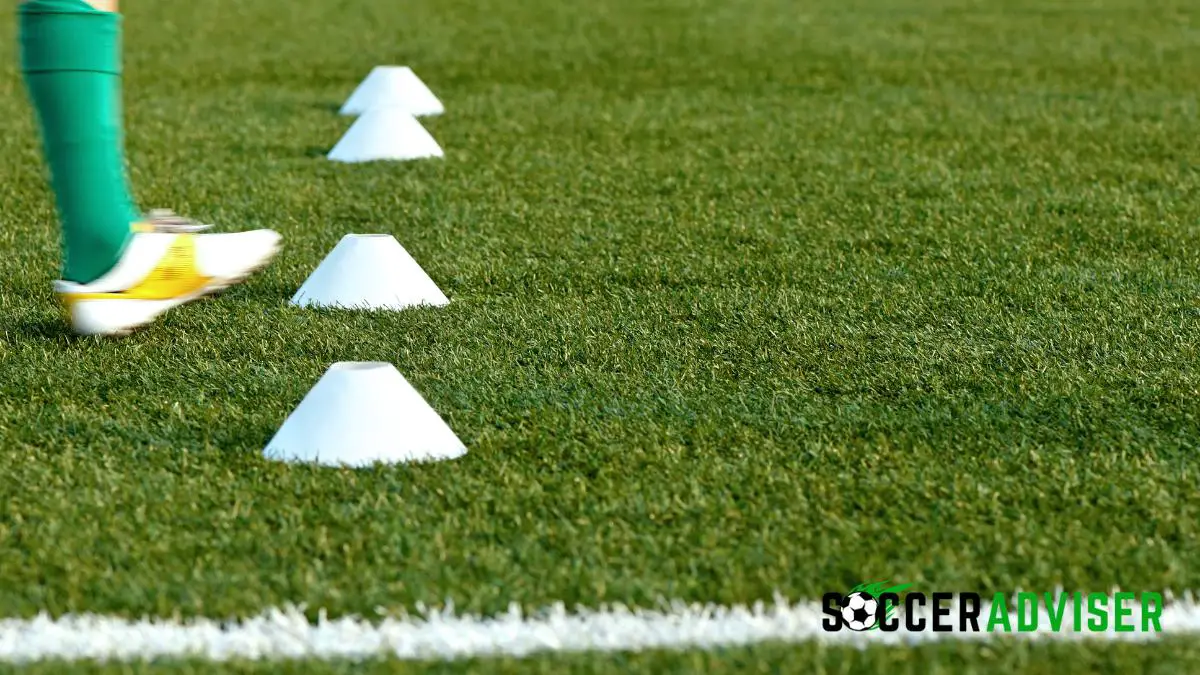
An excellent way to develop speed & agility is through obstacle courses involving multiple stations:
- Jumps: A set number of jumps over mini-hurdles to increase leg strength.
- Bear crawls: Crawling forwards/backward develops upper body strength & coordination.
- Cone weaving: Promotes agility whilst navigating cones in zig-zag patterns.
After completion of one station- they dribble towards next station within limited time.
Introducing Basic Defensive Techniques through Fun Activities
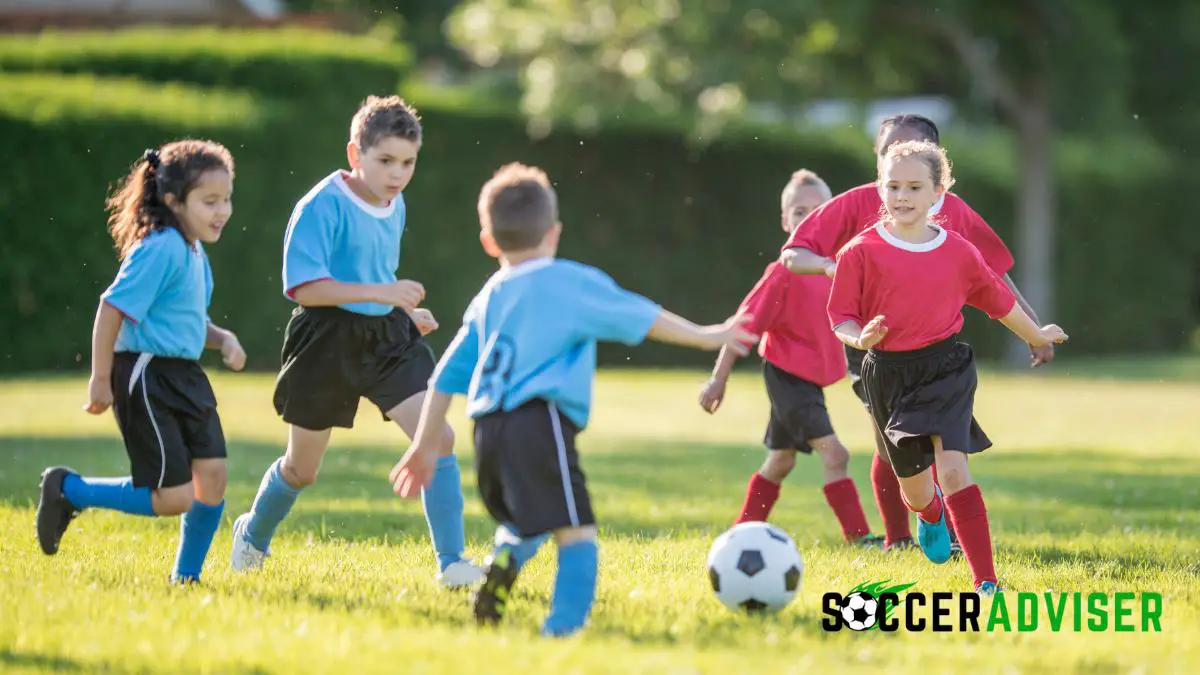
The Shielding Sharks and Minnows game introduces defensive skills development
The concept works as follows-:
- Players (minnows) begin on one side of field and try to reach the other end without getting their ball stolen by sharks (coaches or designated defenders)
- Players learn how to protect possession & swiftly move away from opposition
Incorporating Teamwork and Communication into Soccer Drills for Kids
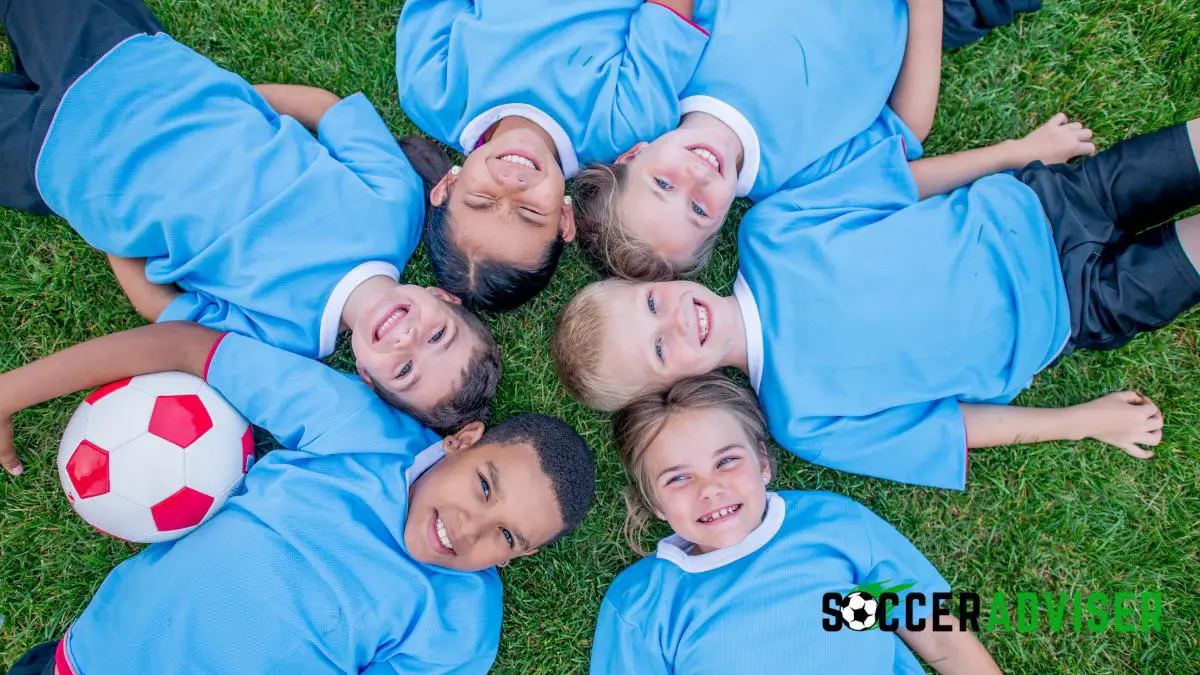
To promote teamwork, try these interactive drills:
- ‘Keep away / Monkey in middle’ – three players form a triangle with a player positioned inside who must catch the pass. We want everyone communicating!
How to Structure a Productive Soccer Training Session for Young Athletes
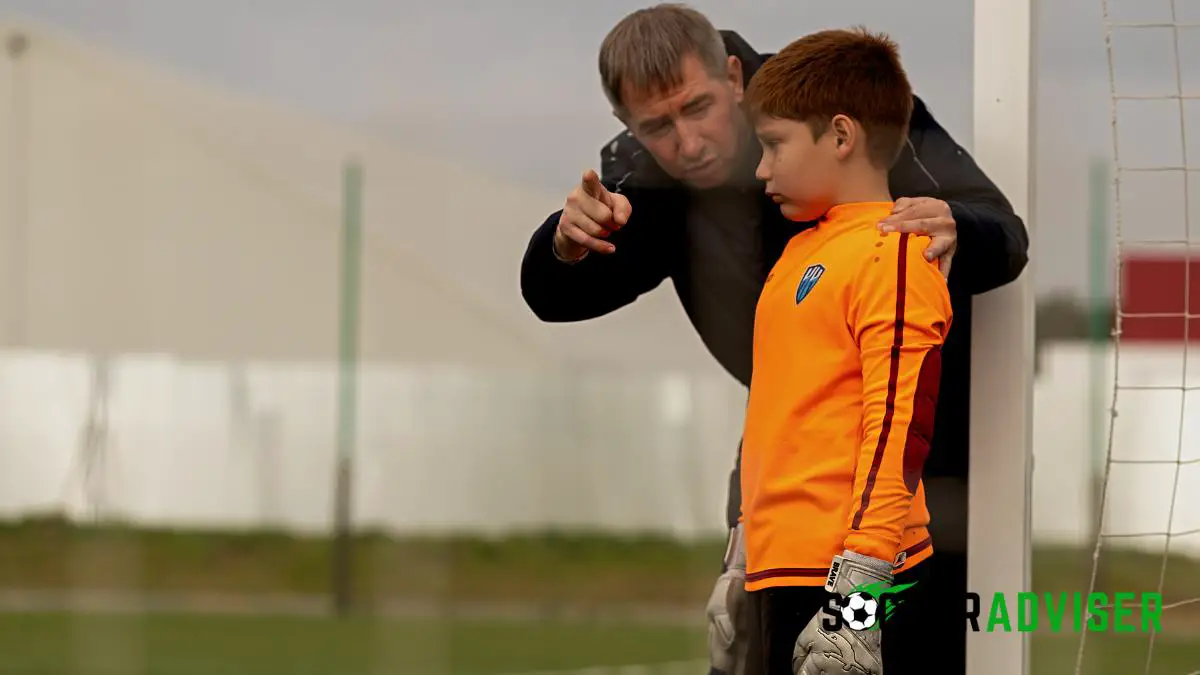
A well-structured session looks like this:
1. Warm-up activities -10-15 mins
2. Skill development phase involving aforementioned drills that cater to abilities 20-25mins
3. Small-sided games reinforcing learnt skills
4.Closing game; relaxation/stretching exercises.
Monitoring Progress and Developing Individual Strengths in Each Player
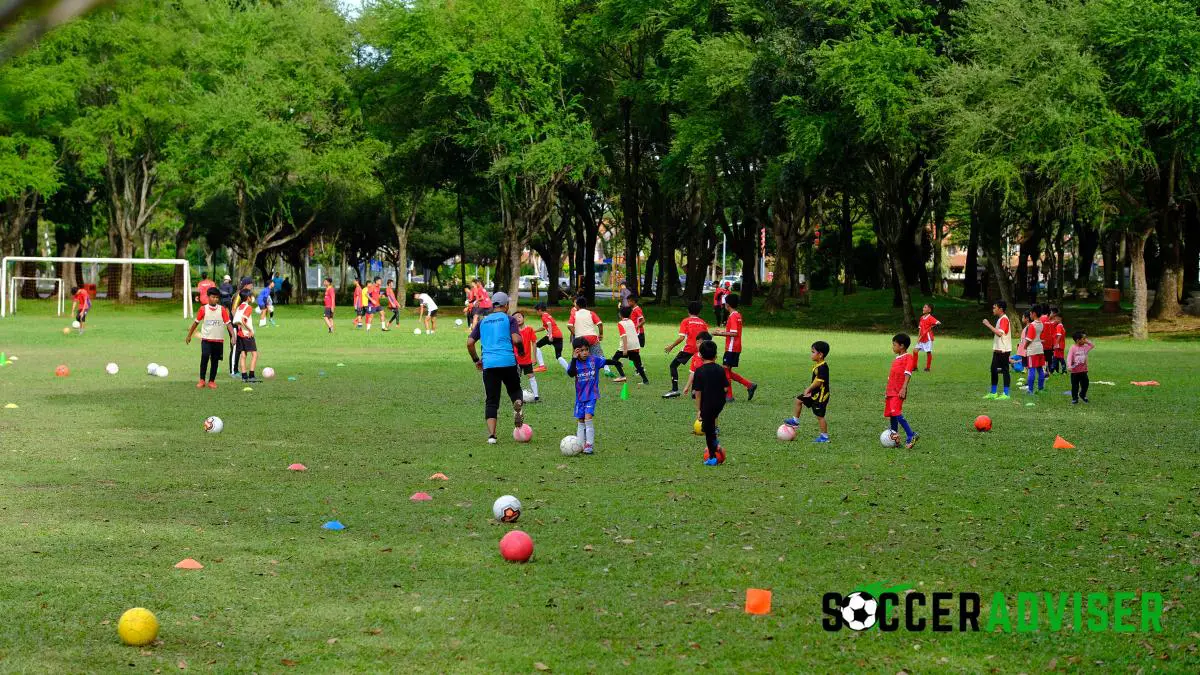
An effective coach can identify key strengths & weaknesses within each player, providing constructive criticism pertinent towards pivotal progress whilst ensuring youngsters don’t feel inadequate.
| Weaker Points Found In… | Suggested Resolution Steps Include… |
| Dribbling Abilities | better control of body mechanics: meaning accurate lower limb movements etc. |
| Tackling Accuracy | /greater endurance during sessions, perhaps prioritizing cardiovascular activities such as relay races- this can help your young athletes immensely when learning these basic defensive techniques |
The Value of Positive Reinforcement in Youth Soccer Coaching
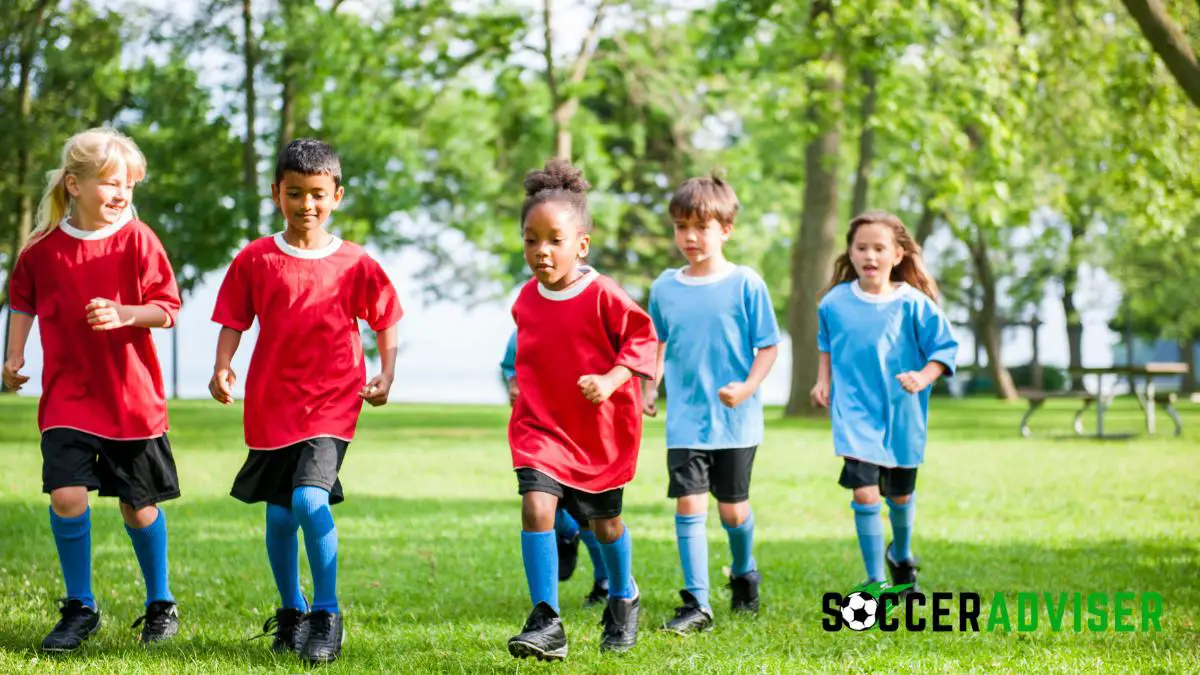
Encourage players by providing them with positive feedback during practice sessions to foster long-lasting love for the sport. Show appreciation for their efforts, applaud improvements & promote a sense of camaraderie within the team!





